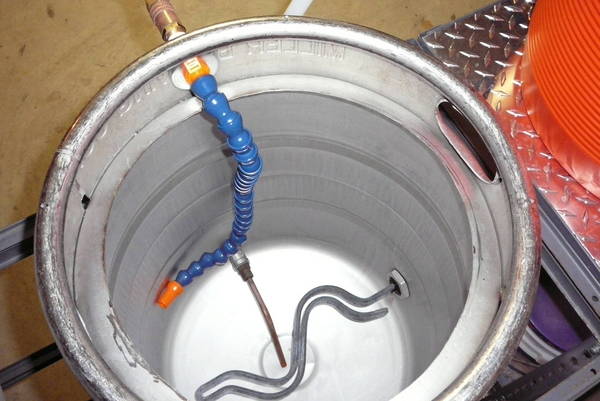sjlammer
Well-Known Member
So i just read the Pols response to bargainfittings thread about stove elements and I noticed that he specifically listed CPVC couplers.
I recently built 3 heat sticks (two 2000W for the HLT im building, and a 5500W for my BK). I used the Pols method of building heatsticks.
Unfortunately without thinking i used a regular PVC coupling.
Will this work? or am i basically F-ed?
Will the regular PVC coupling melt?
I recently built 3 heat sticks (two 2000W for the HLT im building, and a 5500W for my BK). I used the Pols method of building heatsticks.
Unfortunately without thinking i used a regular PVC coupling.
Will this work? or am i basically F-ed?
Will the regular PVC coupling melt?














































![Craft A Brew - Safale S-04 Dry Yeast - Fermentis - English Ale Dry Yeast - For English and American Ales and Hard Apple Ciders - Ingredients for Home Brewing - Beer Making Supplies - [1 Pack]](https://m.media-amazon.com/images/I/41fVGNh6JfL._SL500_.jpg)















